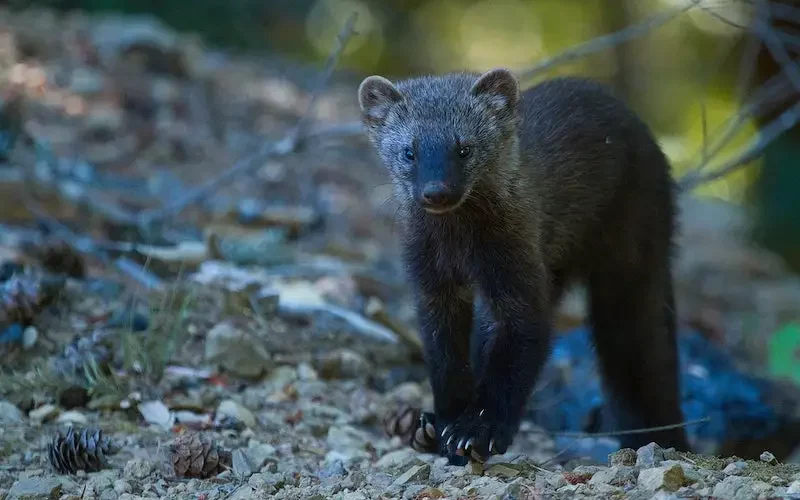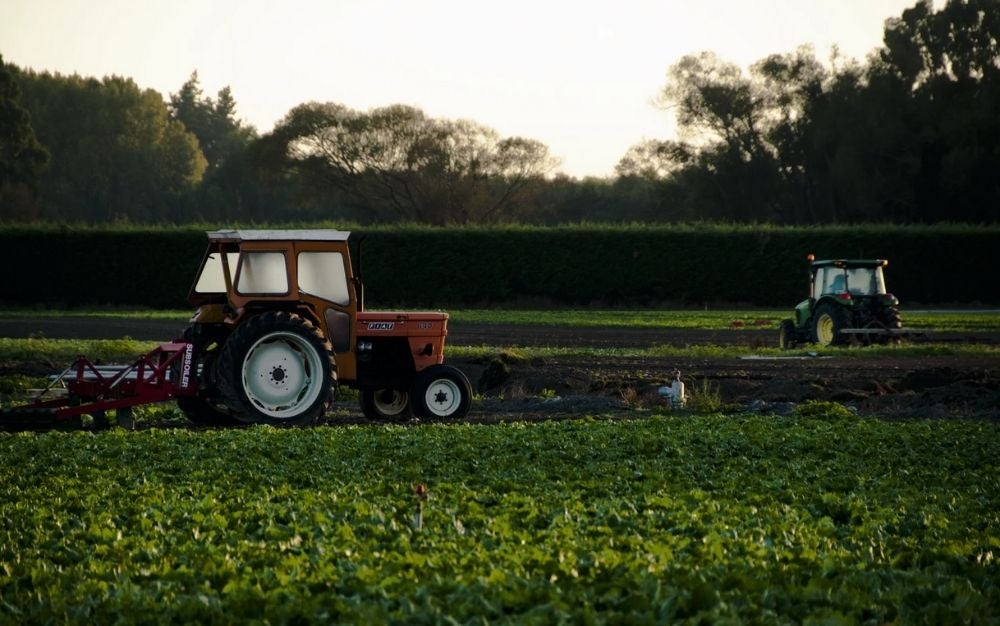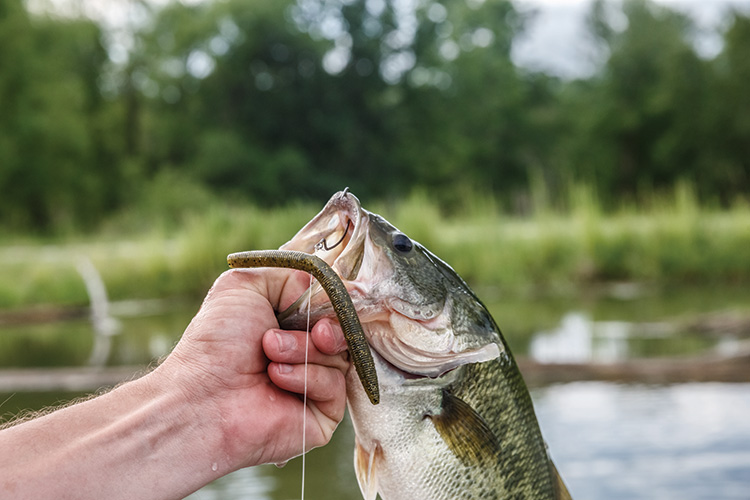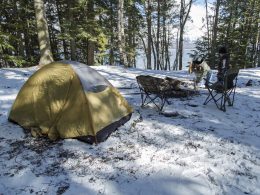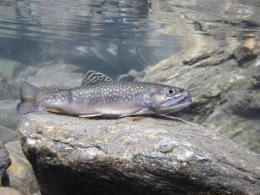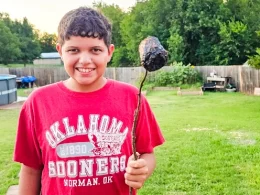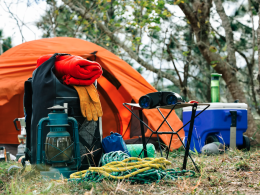Camera trappers are an obsessive sort. I can write on this because I am one.
I obsess over the many pounds of gear I carry into usually rough and remote terrain; I obsess over the scene, endlessly searching for signs of the animal subject and then the compositional framing of my camera; I obsess over the animal and try to make as good as a hypothesis as I can to when and where the animal may break the beam of the infrared sensor. And to top it off I obsess over that gear after I leave it for a month in the forest in hopes that the wind does not knock it over, a bear destroy it, or an unscrupulous individual walk away with it.
Recently I wrote a piece on camera trapping for Everest; equipment considerations, the thought process, and the trials and tribulations experienced by yours truly. It is great fun and there is no better way to capture natural history images that are unique and of fauna that are rare, elusive, and nocturnal.
It is also a meditation on the art of being patient. More so than any other type of nature photography patience is a requirement for this pursuit. And a lot of it.
Table of Contents
Why I Became A Camera Trapper
The sole reason I became a camera trapper was to photograph a fisher.
The fisher is a medium sized mustelid (think weasel), smaller than a wolverine but larger than a marten, that inhabits the great boreal forests of northern North America. Its range in the United States extends from the eastern mixed coniferous-deciduous forests of New England into the Appalachian mountains of West Virginia as well as the Pacific Northwest with an isolated population in the Sierra Nevada mountains of California.
Loss of this forest habitat resulted in extirpation in most of its southern range and a steady decline elsewhere Reintroduction efforts in West Virginia and Pennsylvania were successful and now the fisher has reclaimed much of its historical range in the Appalachians. Populations in the east have fared so well that they are now being observed in New England suburbs. One was even encountered in the Bronx. What it was doing in the borough is anyone’s guess. Natural rodent control?
Fishers are arboreal wilderness predators with a fearless disposition. They are the one animal that specializes in hunting porcupines but will also feed on berries and carrion. They travel through their territory, on average, every 10 days. They breed during winter into early spring and the females have an amazing delayed implantation mating strategy. After giving birth the female will mate soon after and those fertilized eggs will remain in her uterus for 10-11 months.

The Encounter
The first time I ever encountered a fisher was on cold, dark, October morning in North Central Pennsylvania. Autumnal twilight was still an hour away and the only light originated from my headlamp. The sound of rustling in some underbrush about 5 meters in front of me gave way to the sleek, elongated form of a fisher. The light of my headlamp reflected back from its piercing glaze. It simply crossed the trail and then disappeared. My heart still beats fast when I recall this. I have not encountered one since.
In the Spring of 2024 my book on the Central Appalachians will be released by Schiffer Publishing. The book intertwines the regions incredible biodiversity and landscapes with conservation issues and stories of people that protect this important area. The fisher topped the list of dwellers that I hoped, and needed, to photograph to illustrate the wildness that still remains in these mountains. To do this with any hope of a photograph I would have to camera trap.
The Journey…The Long Journey
It took me three winters before I experienced the sweet, ever so brief, taste of success.
Before I embarked on this mountain adventure I practiced, practiced, and practiced some more with my set up. At the time I lived in a tiny apartment and would set the trap up in every room. Much like I do at any set, I “practiced” as the animal and would cross the beam to confirm all of the gear worked properly.
I then took the set into a nearby local park and practiced setting everything up in various locations. It took me on average an hour to 90 minutes to do this and then troubleshoot. I had to familiarize myself with the set up for when I placed it in a more wild environment. I also did this to think more about photographic composition. Camera trapping is environmental portraiture and how I frame the image is almost as important as the subject itself, and sometimes more so.
While learning to set up the gear I simultaneously worked on changing my mindset from a traditional wildlife photographer to one equal part the animal subject and equal part the archetypical mountain-man of yore. Being an outdoor photographer and avid camper I am a well-adapted outdoorsman but camera trapping forced me to become more slow in how I approach a scene; more methodical in how I searched for signs of an animal. Learning animal tracking is invaluable to camera trapping. I thought like a tracker first then photographer.
So I practiced that too. I spent hours looking for signs of a wildlife, such as raccoons and turkeys, and tried to piece together the puzzle of their life. Where were they headed? Would they return? Does this environment provide the nutrition and shelter it needs? And sometimes it worked.
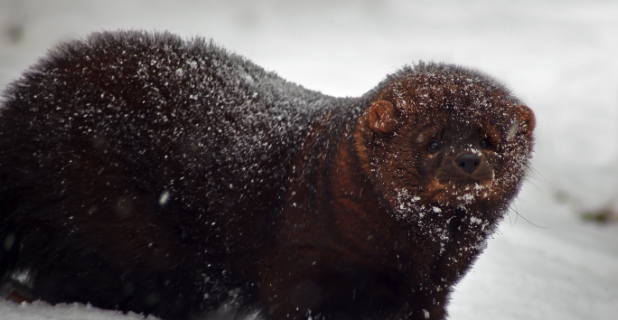
A friend of mine whose property bordered a protected forest suggested that I practice there before I set in the mountains. The property was close enough that I could visit daily. This was invaluable and the first time I ever left my set somewhere over night. At first I returned every day to fine tune composition and check on batteries. However the only images I captured were of a bird flying through the frame. After I gathered the confidence to just let the gear be did I have my first success: an opossum on a fallen tree! It took a few weeks but it finally happened. For about six months I used this property to continue to practice. It is here where entire memory cards and batteries would be exhausted due to leaves in the wind, where flashes became unstable in their housings and the lighting was thrown off, where battery corrosion would prevent the flashes from firing. So I got to work out issues and fix things in the field. Eventually it paid off and I also captured my first images of raccoons, red fox, and, to my surprise, a gray fox.
I felt confident in my abilities going into that first winter on my quest for the fisher. I chose winter because the amble snowfall in the mountains would be beneficial to locating tracks. Winter is also when the fishers fur would be its most attractive. The areas resident black bears were also hibernating. Bears are notorious for destroying camera trap sets and I was not ready to risk my gear. An acquaintance of my father had a vacation home in the mountains that bordered a well known state park that was full of hemlock trees, prime fisher habitat, and invited me to use his property. He also showed me what appeared to be a fisher from among dozens of bear photos on his trail camera taken the previous summer. This was a good enough reason for me to try.
While the property did border the state park it was a bit away from the old growth forest and was mostly covered with thick rhododendrons and a few yellow birch trees. It was pretty tricky habitat to maneuver around and I did not locate any decent game trails, tracks, or prey sources. But based on the location, the trail camera photograph, and that it was on private property I internalized it would be better to keep the set there.
I checked the set biweekly. After three months all I was able to capture was the neighbor’s dog. Not even a raccoon graced me with its presence.
Upon reflection where I went wrong was not placing the set in prime habitat. Yes fisher did live in the area but this specific parcel was more suitable for bears. Not finding the slightest bit of evidence that the animal passed through the area should have been a give away but I was so excited to camera trap in the mountains it clouded my judgement.
The next winter was more fruitful but still no fisher. At the recommendation of a dear friend who is a biologist he suggested an area that was part of a state forest that featured good habitat. A longitudinal wildlife survey had recently been conducted with trail cameras and found that a large number of fishers were actively using this part of the forest. We found the tracks of deer, bobcat, and fisher in the snow that led us to a nice flat area between two strands of forest, and would hopefully act as a funnel to any wildlife crossing through.
After a month in the field I returned very excited to see what the camera captured but to my dismay I found the camera housing face down in the snow and covered in ice. A black cloud formed over my head. But ‘maybe it only fell down yesterday’ I thought to myself. After checking the first photos metadata I discovered the camera fell only a few hours after I had deployed it! A nasty winter storm rolled in that evening with brutal winds. To throw salt on the wound the sensor was triggered over 30 times over the month and the only evidence was black rectangles on my camera LCD. I went to a hardware store and purchased some thick tent stakes and tied them to the legs of the tripod that held the camera for additional support. There were no tumbles the rest of the season. Lesson learned.
The camera captured opossum, raccoon, a herd of deer, and even a bobcat. The cat began coming by almost nightly toward the end of the season. But no fisher. On the last day of deployment I found a path of fresh fisher tracks headed towards the camera. I thought for sure I captured it. But ten meters before it reached the camera tit made a hard left and continued onward. What was captured by the camera? The Bobcat. Could the bobcat’s presence have deterred the fisher? In Maine fisher have been documented killing another wildcat, the Canada lynx, proof of their informidable nature. However there is evidence that the more aggressive bobcat outcompetes fisher for resources.
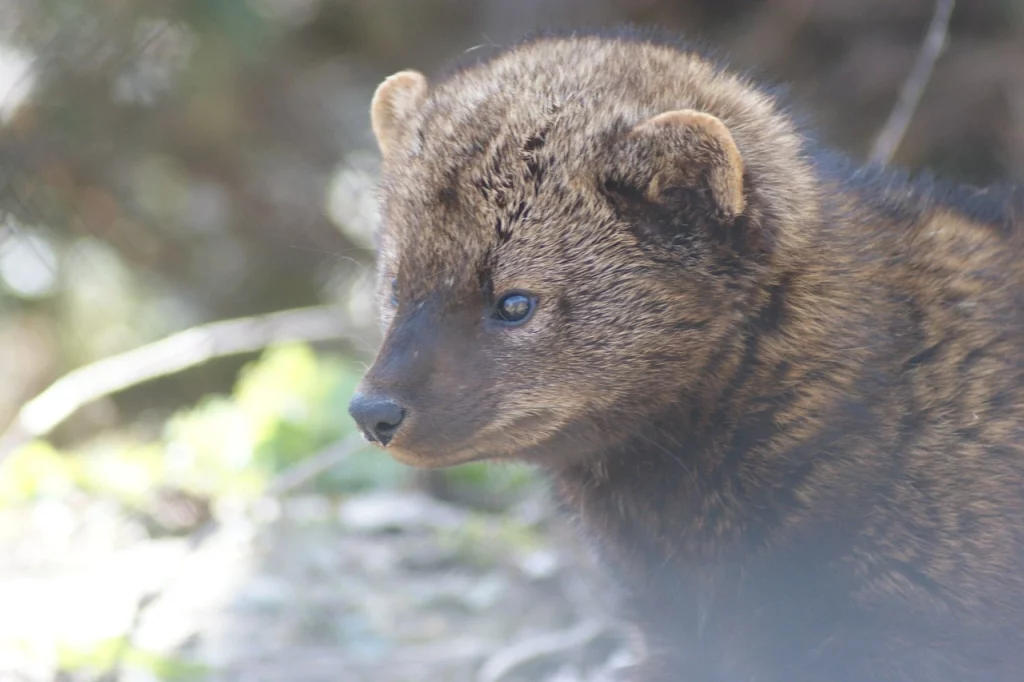
Instead of resetting the camera along the path of the fisher I took the camera down due to increased sightings of bears and human activity from spring fishing. The fisher was more apparition than animal.
I knew this undertaking would be difficult but its’ phantom like ways were proving almost insurmountable. Good thing I was obsessed. In preparation for the next winter I visited a few nature preserves with confirmed fisher sightings. I was getting ready to set when my biologist friend told me he knew a professor whom lived along a ridge with fantastic fisher habitat. The professor had recently told him he found fresh fisher tracks on the property after the first snowfall and invited me to try my luck there.
We became fast friends and searched the land for more evidence of fisher. There was a good number of fisher tracks and plenty evidence of red squirrel, a common prey species. There was a nice game trail along the ridge that had tracks and ample room to deploy the set. So I set it, but couldn’t forget it.
Success!!! A Fisher!
After two long weeks I returned and the camera had ten photos on it. The first nine were of nothing but the tenth was a fisher! That beautiful fisher! It had crossed the game trail going up the ridge and gave me a great side profile of its glorious tail. Checking the metadata the fisher made its appearance on the 10th day of deployment. I don’t think I had ever been so elated looking at the back of my camera’s LCD screen.
I then set up a second trap and a month later photographed another fisher! In three months a fisher was photographed five times with two traps. This camera trapper had finally photographed the phantom. My book will feature a wild fisher, one of the wildest animals in my image library.
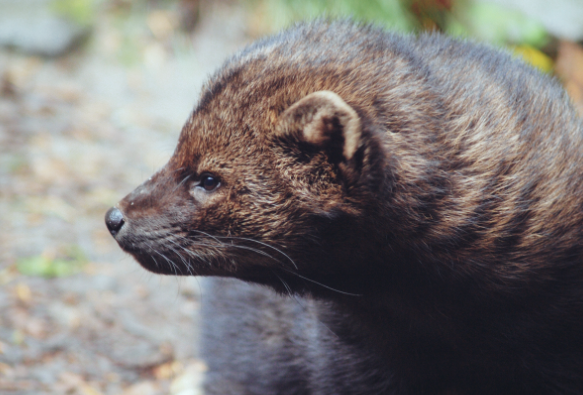
Conclusion
So, in the end, was it worth it? Absolutely. The amount of time it took along with the setbacks made me appreciate the success that much more. It also made me a more patient photographer and better outdoorsman. I fine tuned my craft and even experienced camaraderie. And even when the frustrations build, and the equipment fails, you remind myself that camera trapping is just fun. It really is.

